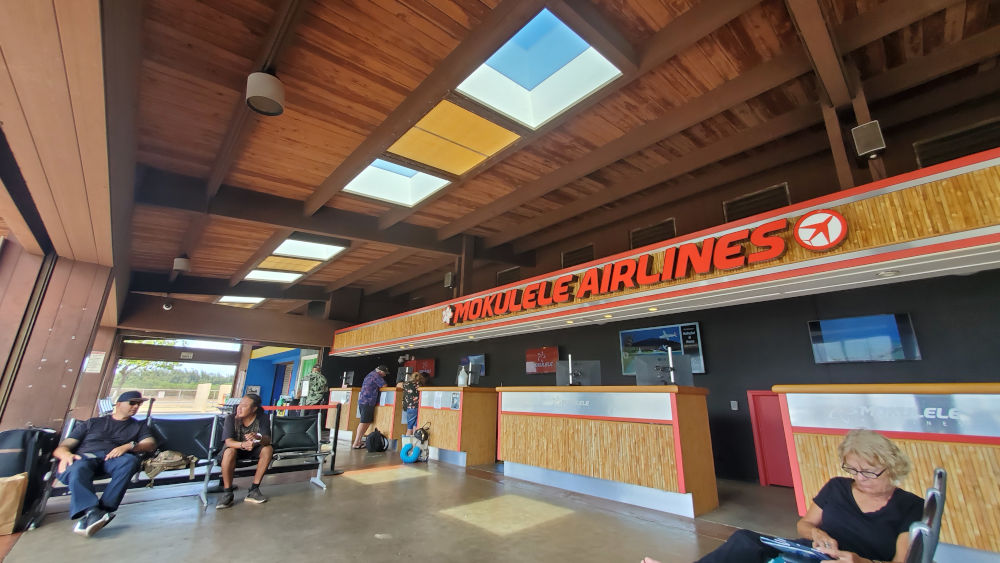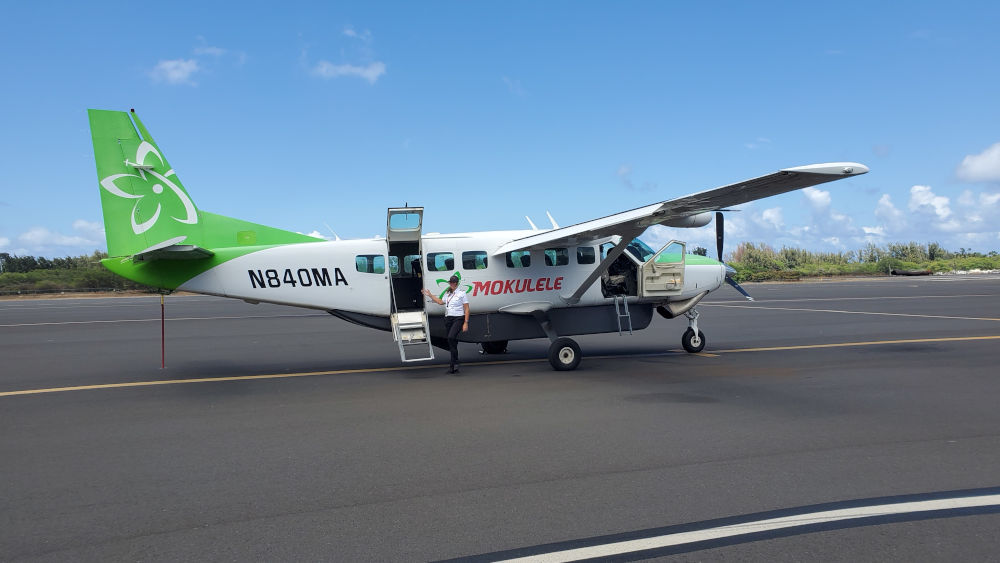i should probably mention the Water Situation somewhere here. there had been a huge warning online that there was “NO WATER AVAILABLE” at the remote kipahulu campground, so out of an abundance of caution i bought some water at costco. since it is costco, the smallest amount available was a 40-pack of kirkland signature bottled water, and it quickly became clear that it was way more water than i would possibly use in just 3 days. i didn’t even need it in the first place, turns out, because by that online warning what they had really meant is “there is no water available at the campground itself, but if you walk five minutes over to the visitor’s center there’s plenty of drinking water from the water fountains and there’s even flush toilets and sinks.” also, since it rained so much, i could have just opened my mouth and looked up if i ever got in a pickle.
i hate being wasteful, so the question of what to do with all this bottled water started weighing on my mind (i'm always able to manufacture odd sources of anxiety). “too much water” has been bit of a theme of my maui stay. my naïve initial plan was to actually try and get through it all, and as a result, i drank positively disgusting amounts of water the entire time. each night i sat down in my camp chair for hours and continuously sipped costco maitai that had been watered down until it tasted like fruit juice, just to get through more of the water. as a result i ended up having to go to the bathroom approximately every 10 minutes (always fun while camping), although it did make me more or less immune to hangovers. but my heroic efforts had not been nearly enough, and as i headed towards kahului and the airport i was still left with 20 full bottles of water. i considered all sorts of options like donating them or leaving them in the costco parking lot with a sign that said “FREE” however i couldn’t bring myself to follow through with anything and so ended up pulling into the rental car return with all 20 bottles still laying on the backseat. shamefully, i confessed to the rental car return guy “uhhhh... by the way i had some extra bottles of water i don’t know what to do with... they’re in the backseat...”
“oh cool, we’ll give them to the cleaning staff.”

